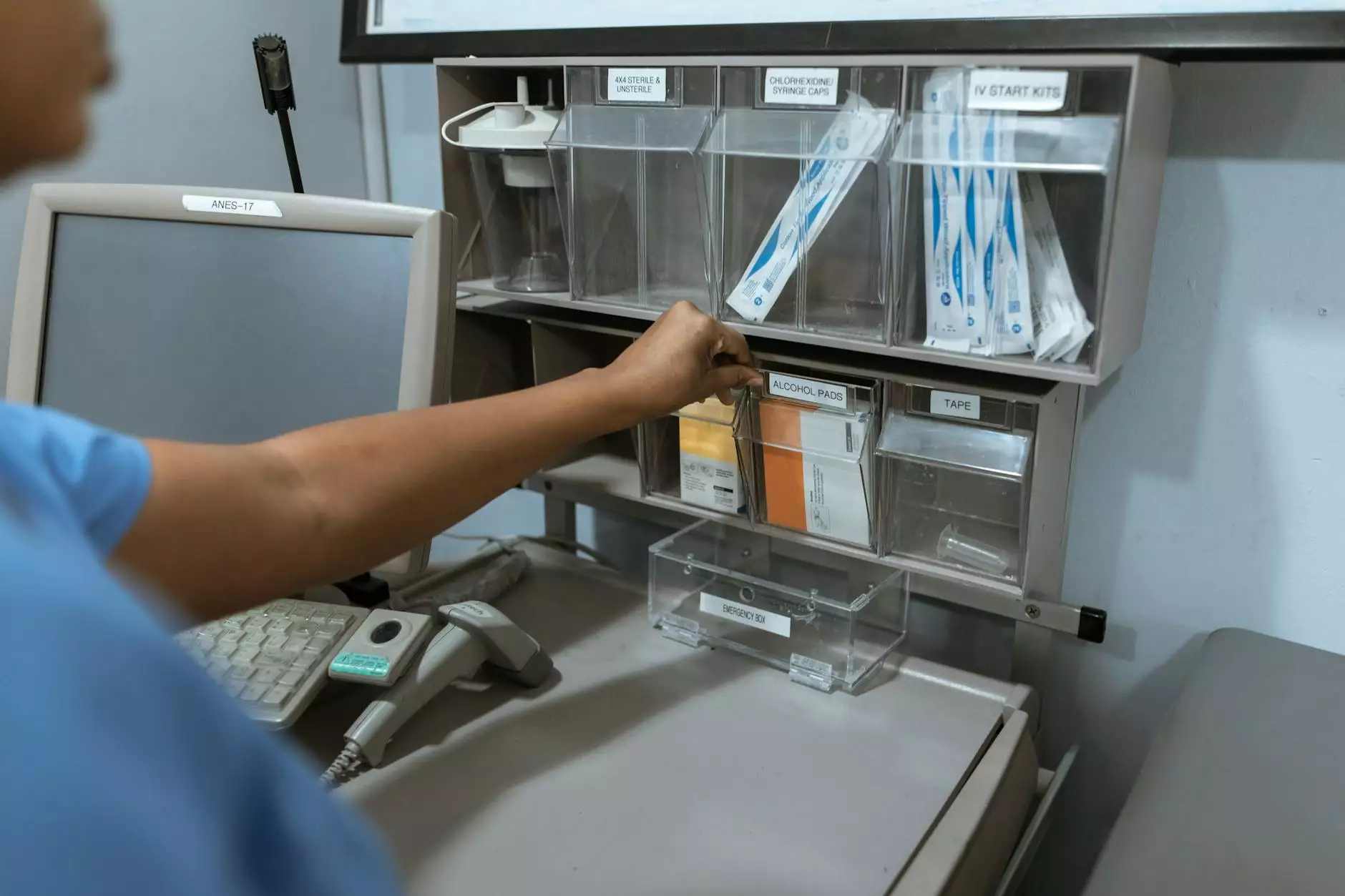Understanding Forensic Readiness Planning

Forensic readiness planning is an integral part of modern business strategy. It encompasses the organizational processes designed to prepare for potential incidents that may necessitate a digital forensic investigation. Establishing a solid forensic readiness plan ensures that a business is not only prepared to respond effectively but also minimizes risk and protects vital data assets during any such investigation.
The Importance of Forensic Readiness Planning
In today’s digital age, the prevalence of cyber threats and the rising number of fraud cases make forensic readiness planning essential for any business. Here are several reasons why it is vital:
- Proactive Prevention: It allows businesses to identify potential weaknesses in their security and take proactive measures.
- Minimized Impact: A thorough plan helps in minimizing the impact of a security breach or data loss.
- Legal Preparedness: In the event of litigation, having a forensic readiness plan can provide essential evidence to support a business’s case.
- Maintaining Reputation: A swift and effective response to incidents can help maintain trust and reputation among clients and stakeholders.
Components of Forensic Readiness Planning
A well-developed forensic readiness plan comprises several key components that work together to ensure the business is prepared for any incident:
1. Data Gathering Policies
The first step in forensic readiness planning is establishing clear policies for data gathering. This includes defining what data is to be collected, how it will be collected, and who is responsible for it. It’s essential for the collected data to be both relevant and admissible in a legal context.
2. System Logging and Monitoring
Effective logging and monitoring mechanisms are critical in forensic readiness. Systems should be configured to log pertinent events and anomalies. These logs provide crucial insights during a forensic investigation. Organizations should implement:
- Centralized logging solutions.
- Real-time intrusion detection systems.
- Regular review processes of logs and alerts.
3. Incident Response Procedures
Having a well-defined incident response plan is essential. This plan should include steps for identifying, responding to, and recovering from digital incidents. An effective incident response procedure ensures that the right actions are taken swiftly, which assists in both containment and evidence preservation.
4. Training and Awareness
Your employees are often the first line of defense against incidents. Regular training on security practices and incident response ensures that all employees understand their roles in forensic readiness planning. Consider the following:
- Regular workshops on cybersecurity awareness.
- Simulation exercises for incident response.
- Clear communication of policies and procedures.
Establishing a Forensic Readiness Framework
Developing a forensic readiness framework requires a structured approach. Here’s how to establish one:
Step 1: Risk Assessment
Begin by conducting a comprehensive risk assessment. Identify critical assets, potential threats, and vulnerabilities. This assessment will guide the development of your forensic readiness strategy.
Step 2: Define Objectives
Clearly define the objectives of your forensic readiness planning. Determine what you aim to achieve, such as quick response times, data protection, and compliance with legal requirements.
Step 3: Implement Tools and Technologies
Integrate forensic tools and technologies that will assist in data collection, analysis, and preservation. Consider:
- Forensic imaging solutions.
- Data analysis software.
- Encryption tools for data protection.
Step 4: Testing and Evaluation
Once your plan is implemented, regularly test and evaluate its effectiveness. Conduct mock investigations and review incident response drills to identify areas for improvement.
Challenges in Forensic Readiness Planning
While establishing a forensic readiness plan is crucial, various challenges can arise in the process:
- Resource Constraints: Limited budgets and manpower can hinder the implementation of comprehensive plans.
- Maintaining Compliance: Keeping up with changing legal and regulatory requirements can be challenging.
- Technological Changes: Rapid advancements in technology require continuous updates to forensic readiness practices.
Best Practices for Effective Forensic Readiness Planning
To maximize the effectiveness of your forensic readiness plan, consider the following best practices:
1. Regular Updates and Reviews
Ensure that your forensic readiness plan is a living document that is reviewed and updated regularly to reflect changes in the business environment, technology, and regulations.
2. Collaboration with Legal Teams
Work closely with your legal teams to ensure that your forensic readiness plan aligns with legal requirements and best practices for evidence handling.
3. Embrace a Security Culture
Foster a culture of security within the organization where all employees understand the importance of data protection and their role in forensic readiness planning.
4. Utilize Advanced Technologies
Leverage the latest advancements in forensic technology to enhance your data collection, analysis, and preservation processes.
Conclusion
In conclusion, forensic readiness planning is a critical element for any business operating in today’s digital landscape. By implementing a thorough and proactive plan, organizations can significantly enhance their capabilities to respond to incidents, minimize risks, and protect their vital data assets. Investing time and resources into developing a robust forensic readiness plan is not just a necessity; it is a foundational step toward safeguarding the future of your business in a world fraught with digital challenges.









